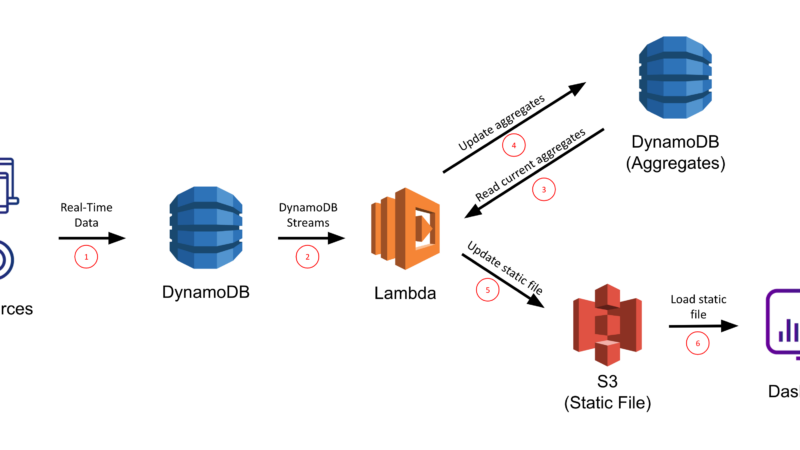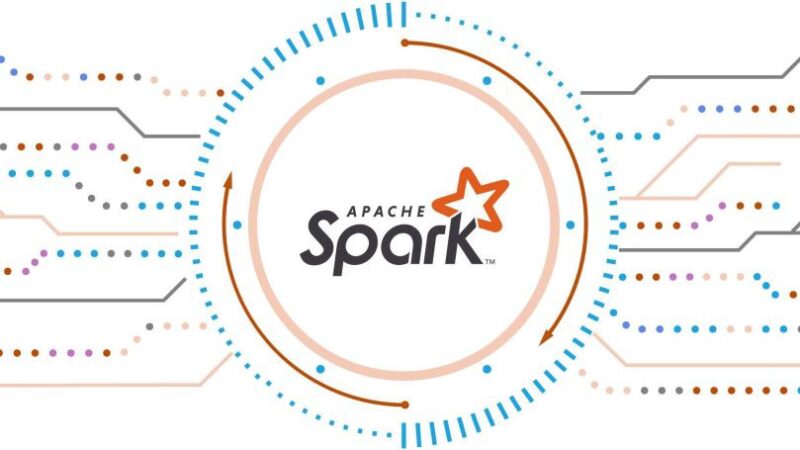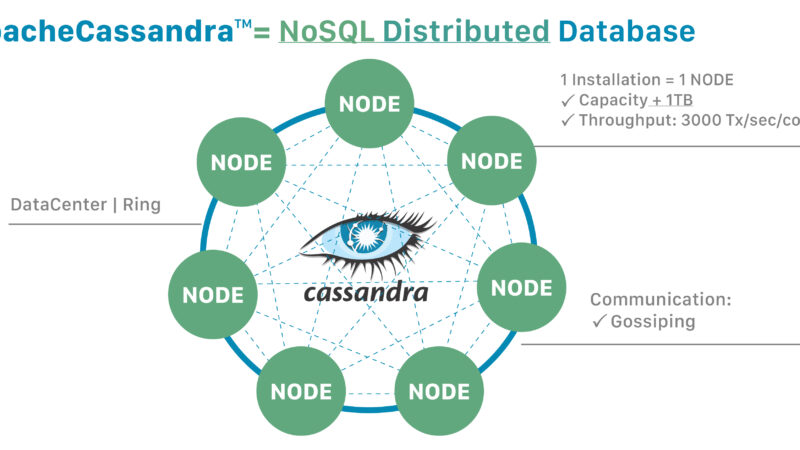50+ adobe analytics interview questions and answers 2019

Here is the best adobe analytics interview questions and answers for freshers and experienced professionals to crack the interview fast.
These days with all things moving into cyberspace, companies are changing the way the see customers and clients. Most of the time, clients are visiting companies from their computers or mobile devices which can make it difficult for companies to know proper marketing practices. Adobe Analytics was created to solve that problem, collecting data from customers visits and interactions. Learning this program is a new hot trend as you can become a true asset to companies offering them an inside look into their business performance like never before. Below, we have provided answers to the most frequently asked questions that will help you rock your interview, immersing yourself into the changing world of marketing and adverting!
- What is Online Marketing?
Online Marketing is a powerful tool that markets good and services to users across the web via email, social media, and on-site ads. Understanding how to properly analyze this data can help companies increase productivity and give them a glimpse into clients and their activities.
- What is Web Analytics 101?
Web Analytics allows companies to take data collected from websites and analyze it in order to increase production and marketing methods. This is usually shown graphically via charts and graphs or shown in a detailed report where compare and contrast are necessary.
- What is a SiteCatalyst?
A Site Catalyst is a tool in order to drive team members and employees toward the improvement of client conversion objectives. There are several types that allow customized settings for specific results.
- What is Adobe Analytics?
This tool is a company’s right hand man as it offers businesses a new way of analyzing data collected. All data pulled from marketing sources can be used in reports and charts giving an inside and detailed look. Adobe Analytics gives companies real solutions to improve production and lead them in the right direction to drive success and meet conversion objectives.
- What are top companies using Adobe Analytics?
There are more than 6500 companies that currently rely on the power of Adobe Analytics. The top 3 are US- based companies with 1 million to 100’s of millions of dollars in revenue.
- Briggs & Stratton Corp
- Boston Scientific Corporation
- Optimum Homes
- What are KPI’s? Metrics?
These two are often confused due to their slight difference:
Key Performance Indicator or KPI is a variable that determines how close a company to reaching objectives by measuring how effectiveness of performance.
A metric is used in order to track and assess specific processes within a company.
- What are Conversion Metrics?
Conversion metrics measure the number of clients that performed in a predicted manner. This will show which customers acted as anticipated showing which marketing strategies work and which don’t.
- What is Dashboard creation & Why dashboards? (site catalyst)
Dashboard creation creates a space to house all data together making for easier analysis. Dashboards allow companies to dig further into specific parts of collected data, creating specific dashboards for separate products, services, or even regions served.
- What is Report Builder?
Report Builder acts as a construction site for reports allowing companies to customize data and filter in order to compare and contrast useful data to reveal better practices of marketing and advertising.
- How can you do segmentation in adobe analytics Segment builder (Site catalyst)
Using segment manager, analysis of data can be clearer due to segmentation, allowing analyzers to refine data to specific needs. Using this powerful tool correctly can result in specified data that will allow companies to see data from all angles resulting in better business practices.
- Can you connect adobe analytics to Datawarehouse (Adobe cloud) / Teradata / Hadoop?
Yes. Combining the two creates a consolidation of all data from internal and external storage and packages it into one convenient location to be analyzed and shown through graphical displays or reports. Both Teradata and Hadoop integrate perfectly with Adobe Analytics.
- What is the Primary Purpose of an eVar?
An eVar is used to investigate and analyze conversions events. These include several dimensions to provide more specific data that show the inside workings of the company.
- What is the Max Size of The S.channel (site Sections) Variable?
S.channel cannot be more than 100 bytes.
- If S_account Is Empty, Not Declared, Or Contains an Unexpected Value?
If this is to occur, no data collection will happen making it crucial to properly code for the correct info. This could cause a disaster in analysis as an entire portion of data could be missing resulting in skewed numbers.
- What is Maximum Number of Report Suites that a Company can use?
The maximum number depends on the SiteCatalyst. SiteCatalyst14 allows for 200 while SiteCatalyst15 only allows for 40. In all other occasions, report suites are unlimited.
- How to Use S_account?
When using report suites, the s_account determines where data will be kept and reported. It is important to note that both Admin Console and report suite should be labeled with the same ID.
- What Is the Saint APIused for?
This is used in order to import and scan metadata, this in turn improves and analyzes reporting values.
- Which Is Not an Allowed Allocation Setting for Conversion Variables?
For allocation settings, many allocations can be used to filter through loads of data, however, historical data is not available.
- What Is Multi-Suite Tagging?
This is the practice of sending collected SiteCatalyst data to more than 2 report suites. This can be useful for companies operating in different countries or regions as they can compare different metrics in different regions.
- How can you Compare Two Date Ranges ina Single Report in Ranked View?
Follow Reports > Site Content > Pages. From here choose ranked where you can then select two data ranges from the filters provided
- What is the Best Methodfor Adding Metadata to SiteCatalyst Variables?
The SAINT tool allows metadata to be uploaded and efficiently used within SiteCatalysts for easy categorization.
- What type of SiteCatalyst Variable/report Would You Use if You Want to See Pathing Behavior?
This is a report with a lot of potential. Using sProps for traffic variables you can see how viewers are interacting with pages.
- Which is not a Possible Value inthe Referrer Types Report?
You will be able to see a lot of data however; data warehouse will be absent as only first-time visits are recorded.
- How will Commas in My Product Name Interfere with My Data?
Commas are not currently recognized and will be left out of names and descriptions. They will show as a space or gap in the title or product name.
- What Does the Acronym ‘SAINTstand for?
SiteCatalyst Attribute Importing and Naming. We have a description above!
- Which SiteCatalyst Features Allows You to Visually Show Website Performance and Track Progress Against Set Goals?
This can be done with the ‘Target’ feature. This feature will track the progress of the site showing how close or far off objectives are.
- What Is the Default “expire After” Setting for Newly Enabled Conversion Variables (eVars)?
The default setting for “Expire After” is “Visit”. This is to ensure that data collection shows the most accurate data for your site.
- How Many Custom eVars are available In Each SiteCatalyst Report Suite?
The maximum number of custom eVars that can be in each SiteCatalyst are 75.
- When Using Link Tracking, Which Adobe Analytics Report Will Be Populated If The Second Argument In S.tl() Is ‘o’?
Link tracking can give companies a further advantage, showing which links most clients gravitate toward. When using link tracking there are 3 possible values that can capture more specific links one of which is ‘o’ or customer links. With this, link tracking is overridden, allowing for tracking of only the desired link.
- For Improved Clickmap Tracking, Where Should The S_objectid Variable Be Set?
In order to improve tracking ‘onClick’ will need to be set in the event handler.
- What Is Used to Breakdown Traffic Variables (sprops) By One Another?
Correlations can be used to breakdown these variables to better optimize results.
- What Is the Best Way to De-duplicate SiteCatalyst Metrics?
In order to undo duplication, the best way if for serialization to be performed. This will result in clearer results as multiple visits and clicks will not be recorded.
- Where Can You Go to Share A Previously Created Bookmark with Other Users?
Follow the path Favorites > Bookmarks > Manage Bookmarks. Here you can select specific users to share with.
- What is the Correct Syntax for Capturing an Event Called “booked Flight” In Event1?
The syntax you will need to use here is s.event=”event1”.
- Which Is Not Required in Order to Capture Paid Search Keywords?
You will not need to use Adobe Client Care. Its enabling will allow for capturing of paid search keywords.
- What Is the Purpose of The Page Type Variable?
This is a useful program that acts to catch URL’s that result in 404 Error pages.
- What Is the Difference Between Participation and Allocation?
Allocation only assigns partial credit to values while participation assigns full credit.
- What Is the Proper Syntax to Capture A Product Being Added to The Shopping Cart?
In order to set up E-commerce for this action, s.event=scAdd will need to be added to code.
- Which Are Not True About Classifications?
Classification is widely thought to be pragmatic to reports however this is completely false.
- What Is the Difference Between Product and Conversion Syntax for Merchandising Variables?
The main difference is the syntax, in which s.products is the variable for conversion. There is not a syntax such as this one for merchandising.
- Explain the Data Flow Architecture this is used in AAM?
Adobe Audience Manager can be used as:
- After sign in, clients can arrange data and rules to their liking
- These tailored rules are then sent to control using restrictive configuration
- When customers visit site, AAM a code is placed on the PC in order to gather information
- AWS process every data set
- Once AAM has analyzed all gathered data, clients are tagged and sent to reports
- Clients can also take advantage of the ability to track accomplices and audience at the same time.
- Explain the Role of Segment in AAM.
Clients can take specific segments of data and use it to their ability as it allows for the construction of fragment capability rules. With this, clients are able to join data from client site associations with other data and even integrate information with goal mappings creating detailed reports.
- Explain the kind of Data Security Manager which can be used in the Adobe Audience Manager.
Data security is one of the top concerns when analyzing and making administrative details more visible. Adobe Audience Manager uses the most up to date programs and encryptions in order to guarantee company details and sensitive information. This is done through an innovative AES encryption that is used when passing information from one place to another. There is also never any storage of PII or Personally Identifying Information throughout the entire system of Adobe Manager. These together create an iron clad system of security that keeps both customer and client information safe and secure.
- Explain the term Mutex
Mutex, or Mutual Exclusion Object, is an extension of multithreading that ensures that synchronization is carried out properly between 2 or more threads. This can ensure that the data desired is correctly collected.
Learning the basics and some of the specifics we covered above will guarantee to blow your interviewees away putting you at the top of the list. In-depth knowledge is needed for a career as a data analyst and constant research and optimization is required. Practicing these questions and answers will get you prepared for your big day; showing off your skills and talents and overall knowledge of this game changing program.





